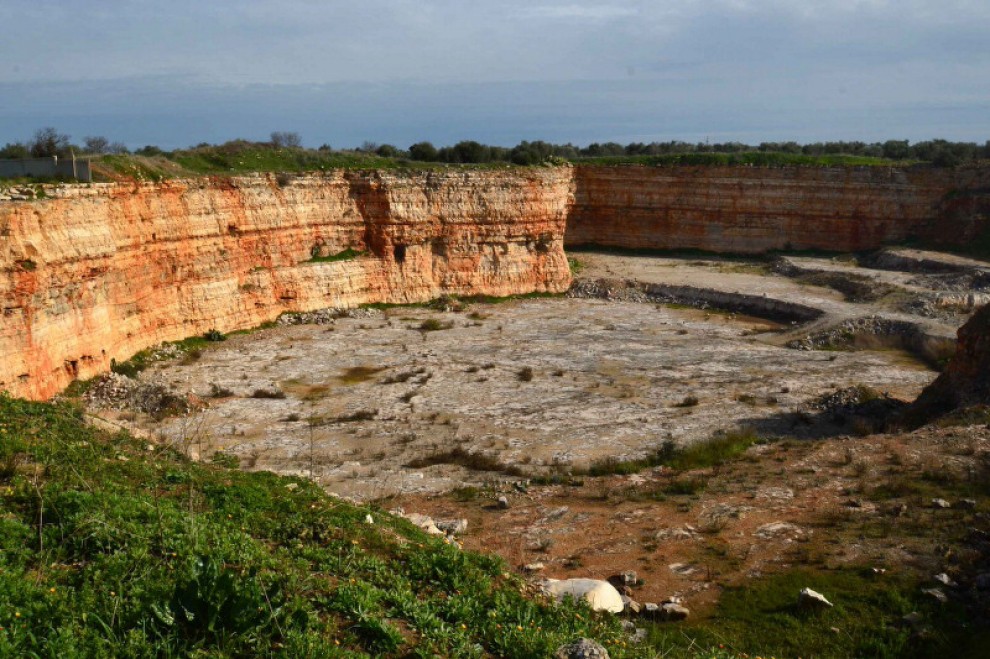
The term lama is a local Apulian toponym used to indicate an ancient watercourse. The lame are in fact furrows, wide but not very deep, once crossed by the waters of ancient streams.
We start from Lama Picone, with its course that passes through several neighborhoods of the city of Bari. These waters, which now flow almost invisibly underground, were once responsible for devastating floods and a vibrant ecosystem. The lama is intertwined with the story of Isabella of Aragon, Duchess of Bari, who attempted to tame the waters to reclaim the surrounding areas, undertaking engineering works inspired by Leonardo da Vinci's designs.
Today we can only observe a few places that maintain the characteristics of the blade, in the city center, urbanization has made it impossible to recognize the places where the old river flowed.
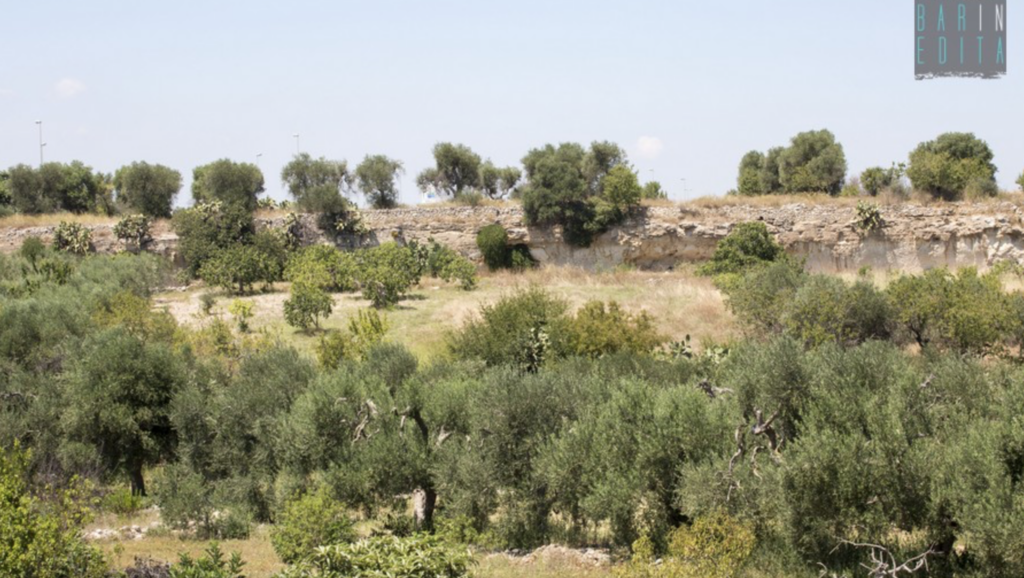
Lama Lamasinata, on the other hand, emerges as a natural heritage of inestimable value, characterized by caves, historical settlements and unique flora and fauna. This watercourse has a history that unfolds through the centuries and culminates in an exceptional discovery: the fossil of the fin whale “Annalisa”, found in 1968. This discovery takes us back in time, to a time when the Mediterranean was populated by extraordinary marine creatures, and the coasts of Puglia were immersed in cold waters and deep marine ecosystems.
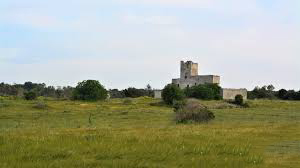
Another lama of the Bari area is Lama Balice, with its natural park surrounding it. Lama Balice is officially a Regional Natural Park, extending over a protected area of 504 hectares that wind through the municipalities of Bari, Modugno and Bitonto. With a length of 37 kilometers, it represents one of the largest lame in the province of Bari.
The stream that flows inside the blade was once a wide river, known as Tiflis, a name that evokes an ancient waterway on the island of Crete. It is hypothesized that the foundation of Bitonto was influenced by refugees who fled from the island of Santorini and Crete, following a catastrophic volcanic eruption that occurred in the 2nd millennium BC, accompanied by earthquakes and tsunamis.
The entire Lama Balice basin is dotted with medieval farmhouses, churches and farms, which testify to the continuous presence of human settlements over time. Furthermore, the park is a true kaleidoscope for entomology enthusiasts, with over thirty species of diurnal butterflies inhabiting the area. Some parts of Lama Balice remain in a natural state, while other areas are cultivated, thus maintaining the biodiversity of the park. A fascinating aspect of Lama Balice is the discovery of dinosaur footprints dating back millions of years. In the first decade of the 2000s, footprints were found in several quarries, testifying to the presence of these enormous reptiles in the past.

Lama Misciano and the Red Oil Mill e il Trappeto dell’Olio Rosso
Between Lama Balice and the industrial area of Modugno lies the Misciano district, which has its namesake lama. This branch of Lama Balice, unfortunately altered by industrialization, preserves traces of medieval and pre-Christian life. Here you can find burials dating back to the 7th-10th century AD, sheep tracks with cart ruts and ancient rural structures, such as trulli and farms. The Trappeto di Montepeloso deserves special attention, known for a tragic episode linked to the period of the brigands. The structure, despite its current appearance, is an important historical and architectural testimony of the area.
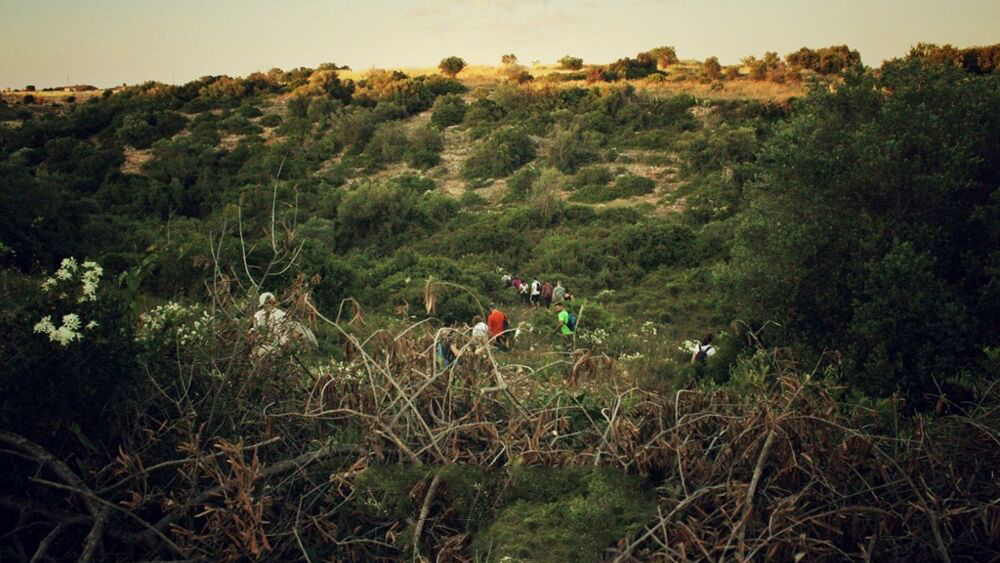
Observing the landscape from the Belvedere della Selva di Fasano or from the mountains of Cisternino, the silvery green of the olive trees extends like a uniform blanket of fertile soil, which gently stretches from the hills to the sea. As we have said, in this apparently smooth panorama, long valleys open up that interrupt the linearity of the territory. This also happens in the territories between Ostuni and Monopoli.
The Lame di Fasano and Monopoli are among the most emblematic, having been a safe refuge for many Apulians during the Early Middle Ages. These areas are characterized by the presence of numerous crypts hidden among the rocks, overlooked by fortified farms that rise on the plateaus and at the edges of the Lame. The difficult accessibility and the availability of water have allowed, with the decline of the rock civilizations, the emergence of farmhouses and farms.
The most unique remains Masseria Spina, whose history dates back to the sixteenth century, in an area already inhabited in the early medieval period. Here you can observe traces of ancient pile-buildings, a small necropolis and rock settlements with frescoed caves, which testify to the presence of a large community between the ninth and twelfth centuries.
In the fifteenth and sixteenth centuries, two towers and various rooms for agricultural activities were built around the Minor Church, transforming the area into a village with about one hundred hearths. The complex was completed in the eighteenth century with the construction of the Church of the Immaculate. Today it is a comfortable resort and spa.
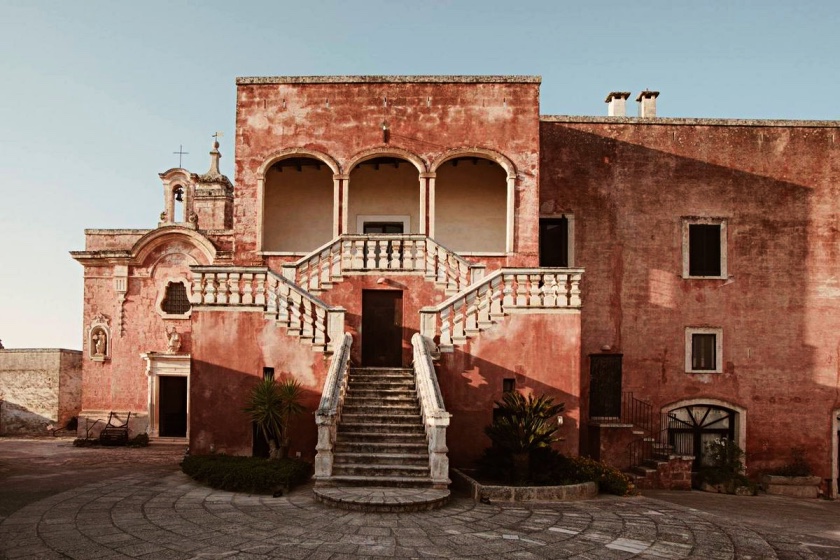
Between Lama Balice and the industrial area of Modugno lies the Misciano district, which has its namesake lama. This branch of Lama Balice, unfortunately altered by industrialization, preserves traces of medieval and pre-Christian life. Here you can find burials dating back to the 7th-10th century AD, sheep tracks with cart ruts and ancient rural structures, such as trulli and farms. The Trappeto di Montepeloso deserves special attention, known for a tragic episode linked to the period of the brigands. The structure, despite its current appearance, is an important historical and architectural testimony of the area.


















Leave a comment